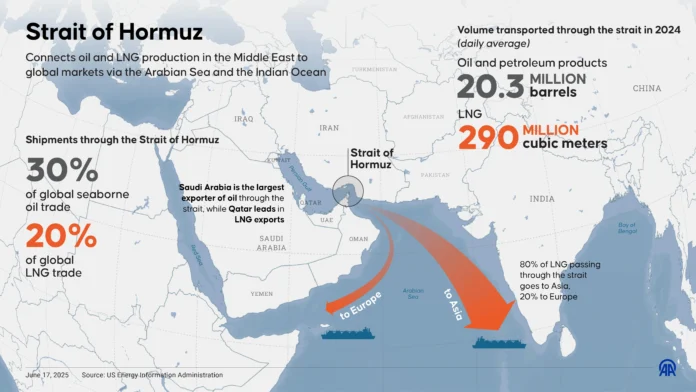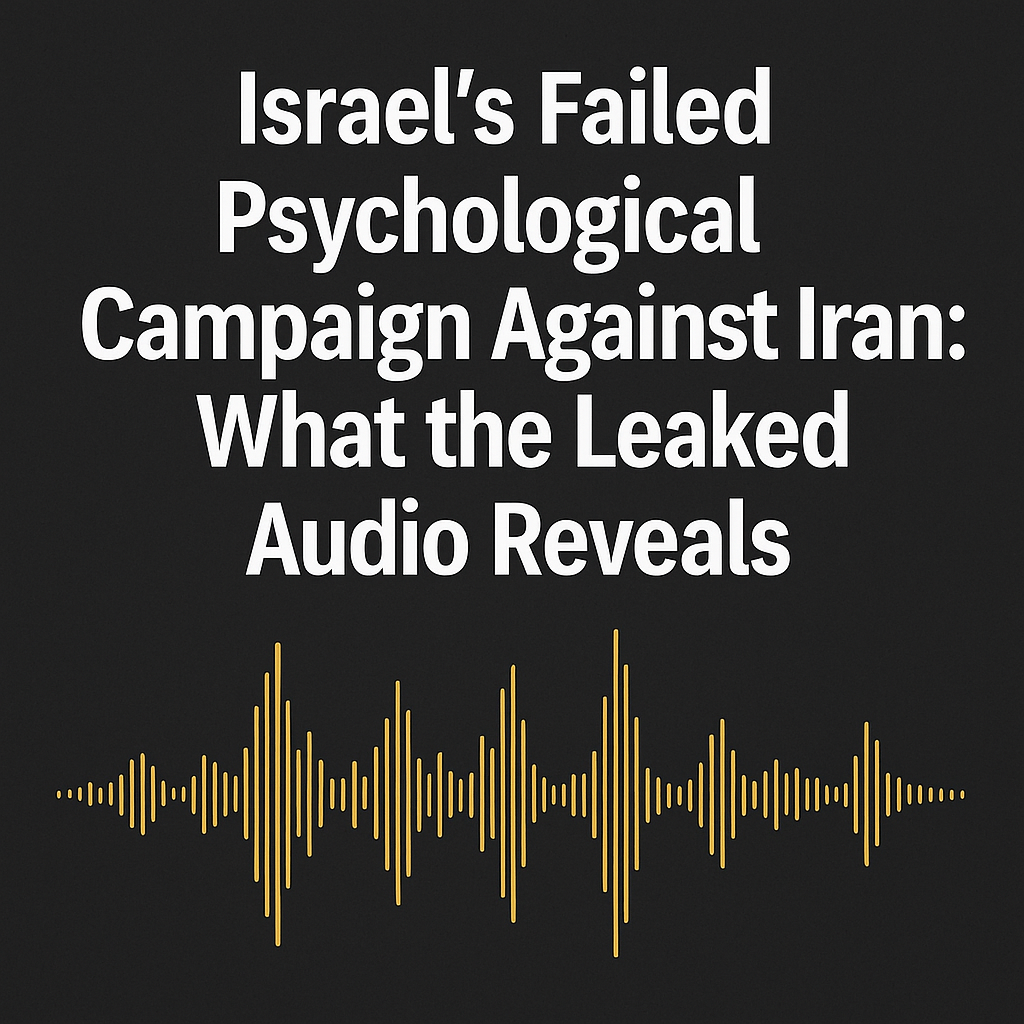Following Thursday’s U.S. airstrike targeting three Iranian nuclear facilities—Fordow, Natanz, and Isfahan—Tehran’s parliament has moved to authorize the closure of the Strait of Hormuz. This bold geopolitical maneuver, endorsed amidst one of the most serious escalations in U.S.‑Iran relations since 1979, signals a potential flashpoint in global energy and security dynamics.
✅ What Happened?
- U.S. strikes on Iran’s nuclear program: President Trump green‑lit “Operation Midnight Hammer,” deploying bunker‑buster munitions to cripple Iran’s nuclear infrastructure. Iran condemned the strikes as violations of international law forbes.com+15reuters.com+15thetimes.co.uk+15cbsnews.com+1politico.eu+1.
- Parliamentary approval to close the strait: On Sunday, Iran’s parliament overwhelmingly voted to empower the Supreme National Security Council to block passage through the Strait of Hormuz. However, final implementation requires approval from the Supreme Leader and top security bodies cbsnews.com+6politico.eu+6indiatoday.in+6.
🌍 Why It Matters
- Global oil supply vulnerability: Roughly 20–30% of all maritime crude and LNG transits this narrow choke point daily—connecting the Persian Gulf to the Gulf of Oman indiaseatradenews.com+4cbsnews.com+4indiatoday.in+4.
- Markets on edge: Brent crude surged over 9% immediately in response to the threat. Institutions like Citi warn disruption could drive prices above $90/barrel indiaseatradenews.com.
- Economic self‑harm for Iran: Analysts from Eurasia Group and voices in the U.S., including Senator Rubio, label the move “economic suicide”—placing Iran’s own oil exports and critical revenue streams at grave risk .
🛡️ How Iran Could Proceed
- Asymmetric tactics: Iran’s access-denial doctrine involves deploying naval mines, fast-attack craft, anti-ship missiles, and UAVs to harass traffic without physically closing the passage en.wikipedia.org+1livenowfox.com+1.
- Historical precedents: Past incidents—such as triggering mines or seizing ships—illustrate Iran’s capability to disrupt shipping long enough to make geopolitical statements cbsnews.com+13en.wikipedia.org+13indiaseatradenews.com+13.
⚠️ Potential Ripple Effects
- Accelerated U.S. naval response: Based in Bahrain, the U.S. Fifth Fleet stands poised to intervene. Their minesweeping capacity and combat readiness could reopen the strait swiftly .
- Global price shock: Investors worry even short-lived interference could cause crude prices to spike, fueling inflation and challenging central banks amid economic fragility livenowfox.com+1theguardian.com+1.
- Asia’s energy strategies: Major importers such as India, China, Japan, and South Korea are closely monitoring the situation. India has already diversified its supplies and bolstered strategic reserves to insulate against shortages .
⚖️ Strategic Stakes
| Stakeholder | Risk | Response |
|---|---|---|
| Iran | Risks economic fallout; project power | Weak closure could signal resolve |
| U.S./Allies | Major market disruption + military escalation | Naval deterrence, diplomatic warnings |
| Global market | Rising energy costs, shipping insurance, supply security | Alternative trade routes & reserves |
| Regional actors | Gulf states wary; China urged to pressure Iran | Diplomatic balancing to prevent escalation |
🔭 Outlook
While Iran’s parliament has formally approved the measure, closure remains only one option. According to the U.S. think-tank Eurasia Group and Forbes, Tehran is more likely to deploy targeted disruptions—mines or harassment—to avoid full‑scale retaliation nypost.com+2theguardian.com+2cbsnews.com+2reuters.comcbsnews.comindiatoday.in.
Energy markets respond rapidly, with analysts identifying key indicators:
- Oil price levels: A jump beyond $85–90/barrel = heightened disruption risk.
- Vessel tracking data: Sudden rerouting or delays in tanker traffic signal Iran’s naval interference.
- Naval posture: Increased mine-clearing patrols from the U.S. Fifth Fleet signal readiness to respond.
📰 Final Word
Closing the Strait of Hormuz would be a seismic act with consequences resonating far beyond the region—from energy costs at the pump to the balance of power in the Middle East. As diplomatic avenues remain open, pressure mounts on Tehran to calibrate its response. For now, the world watches closely, oil markets jittery, and fleets ready.










